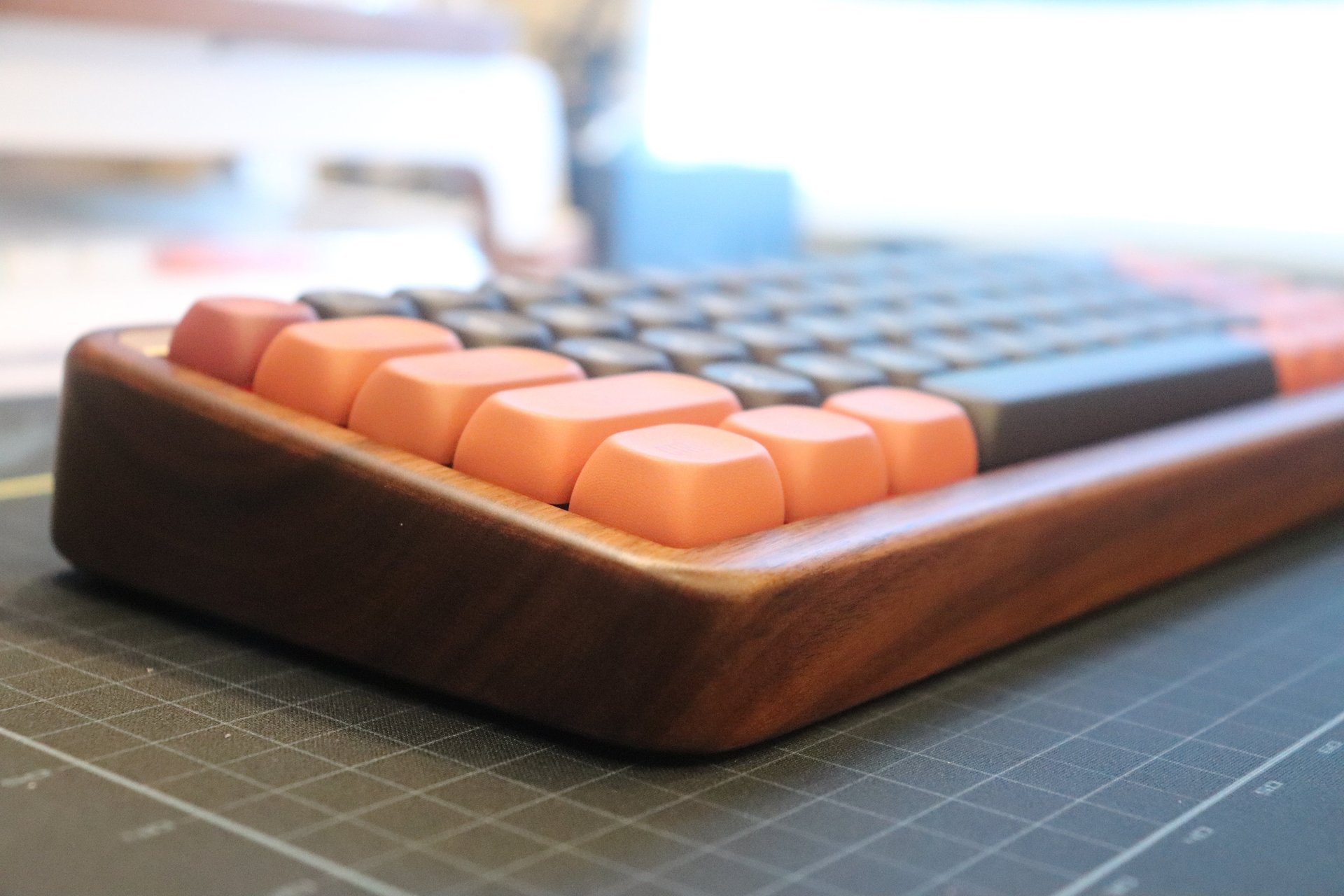A Comprehensive Guide to Mechanical Keyboard Switches
Confused between red, brown, and blue switches? Learn the real difference between linear, tactile, and clicky mechanical keyboard switches, plus housing materials, pin types, and how lubing affects feel and sound.
INFORMATIVE
Shahroz Naeem
4/17/20253 min read


Introduction
If you've ever browsed for a mechanical keyboard or seen people ask for "brown" or "blue" switches, you've probably been caught in the color-coded confusion of mechanical switches. But here's the truth: switch colors don't define switch types. Today, the color of a switch tells you very little about its feel, sound, or performance. Let's clear the air and explore what really matters — the three core switch types, how switch materials affect performance, and how lubing your switches changes everything.
The Three Major Mechanical Switch Types
All mechanical switches fall into one of three core categories:
🔴 Linear Switches
Feel: Smooth and consistent from top to bottom
Sound: Quietest among the three (unless unlubed)
Use Case: Gaming, fast typing
No bump, no click — just a smooth press. Popular among gamers who want speed and minimal resistance.
🟤 Tactile Switches
Feel: Noticeable bump before actuation
Sound: Moderate sound from tactile bump
Use Case: Typing, general use
The tactile bump offers feedback without the loud click, making these a balanced choice for typing and daily tasks.
🔵 Clicky Switches
Feel: Tactile bump and audible click
Sound: Loud and clicky (sometimes too loud for shared spaces)
Use Case: Typing purists, those who love feedback
Great if you love classic typewriter vibes — not so great if your coworkers don’t.
💡 Note on Switch Colors: Brands no longer follow universal color rules. One brand's "Red" might feel completely different from another's. Instead, focus on switch type and specs, not just the color.
3-Pin vs. 5-Pin Switches
3-Pin: Two metal pins + one plastic center leg. Fits most hot-swap boards.
5-Pin: Adds two extra plastic legs for extra stability. Can be trimmed to fit 3-pin PCBs.
Some hot-swap keyboards only support 3-pin switches, but many modern ones support both. Always check your board's compatibility. Most of the budget keyboards which market themselves as "hotswappable" usually have what's called a Rivet hotswap socket, which is only compatible with 3-pin switches.
Anatomy of a Mechanical Switch: Why Materials Matter
Each switch has 5 core parts:
Top Housing: Affects how the switch sounds on return
Bottom Housing: Influences bottom-out feel and sound
Stem: Responsible for the type (linear, tactile, clicky)
Spring: Determines actuation force
Pins: For electrical contact (3 or 5 pin)
Material Breakdown
🔹 LY (Hybrid Plastic)
Ultra smooth, low friction
Very soft, almost buttery key feel
Unique sound profile — often deeper
🔸 PA66 (Nylon)
Durable and rigid
Traditional mechanical feel
More affordable
Deeper sound when used in top/bottom housings
🔹 PC (Polycarbonate)
Often used in clear switches (RGB friendly)
Bright and crisp sound
Slightly higher-pitched than full nylon
🔸 POM (Polyoxymethylene)
Popular for stems (especially linear)
Durable and low-friction
Produces a clean, slightly muted sound
🔹 UHMWPE
Super low-friction, very smooth
Often used in premium linear switches
Can wear down quicker but feels ultra-smooth
🧠 Fun Fact: Bottom housing impacts the bottom-out sound, top housing shapes the return sound, and the stem influences feel and travel.
Lubing Switches: The Game Changer
Lubing your switches is one of the best mods you can do — especially for scratchy stock switches. It improves smoothness, reduces noise, and enhances overall feel.
🧴 Lubricant Types
Oil Lubes:
Thin, low viscosity
Good for springs and clicky/tactile stems
Can be used for bag-lubing springs
Grease Lubes:
Thicker, more viscous
Ideal for linear switches and stabilizers
Must be manually applied to each component
💡 Popular Lubes
Krytox 205g0: Thick grease, perfect for linear switches
Krytox 203/3203: Lighter viscosity, better for tactile/clicky switches
GH V4: Custom blends — thick and thin variants available
🎯 Tips:
Linear switches = Thicker grease (205g0 or 204)
Tactile switches = Thinner lube (203 or 3203)
Always avoid lubing the click jacket in clicky switches — you’ll silence the click!
Final Thoughts
Mechanical keyboards have evolved far beyond the old red = linear, brown = tactile, and blue = clicky narrative. Understanding switch types, materials, and the impact of lubrication lets you make informed decisions based on what you like — not just a color label.
Whether you're chasing smoothness, durability, or the perfect sound profile, the right combo of stem, housing, and lube can make your keyboard feel truly custom.


Nerdy Nest
Bespoke Keyboards - Tailored to your preferences
Quick Contact
© 2025. All rights reserved.
Information
